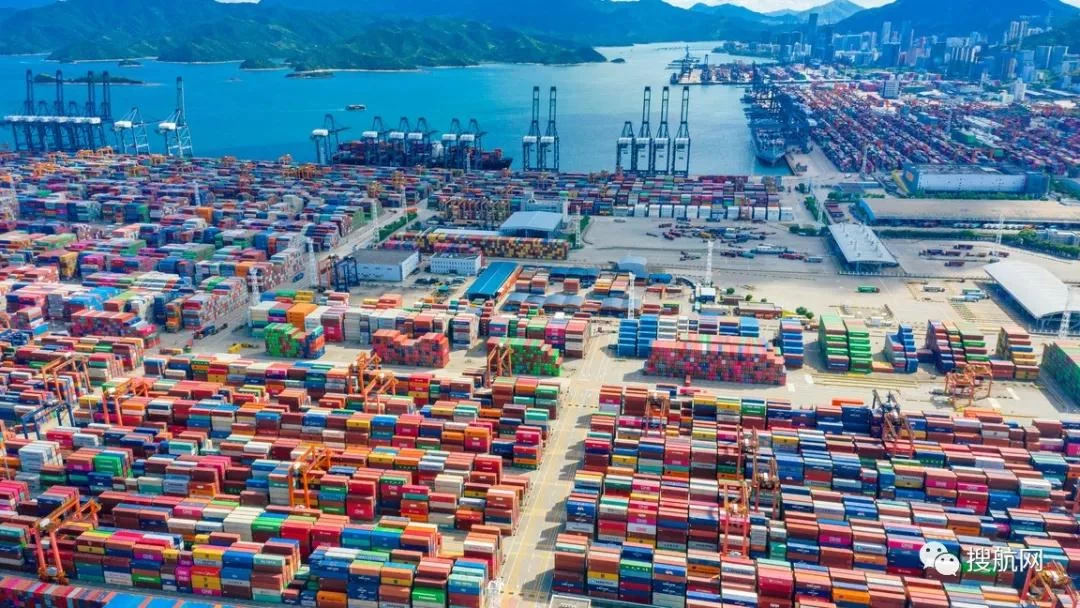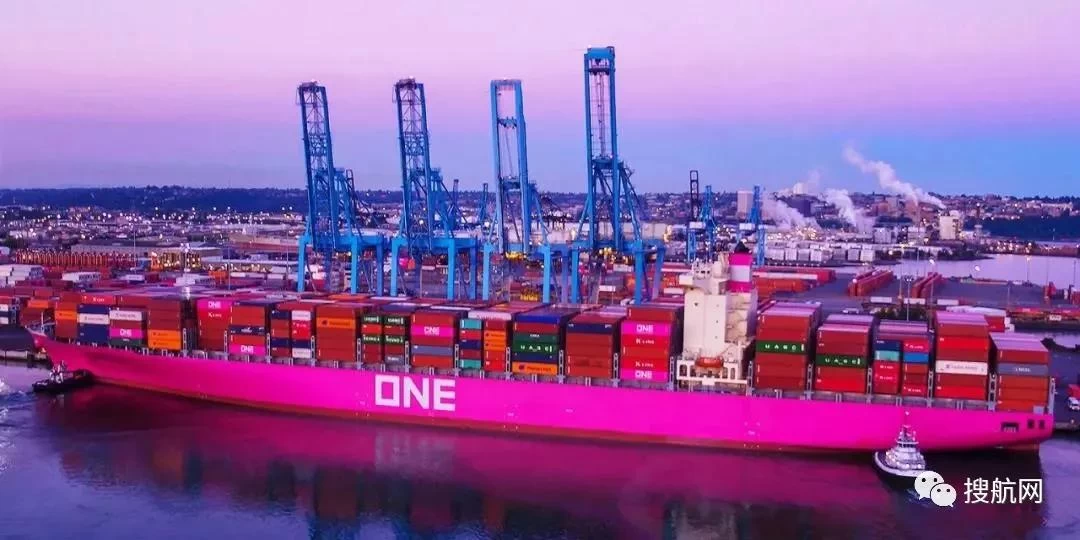The shipping budget has doubled and it is difficult to predict what will happen in three months. The container market may not return to normal until 2022 at the earliest.
Jim
Sunny Worldwide Logistics
2021-06-02 18:26:23
In the past 6 months, as freight rates continue to soar and continue to break new records every week, logistics companies and shippers/shippers have almost lost hope for this year's consolidation market to return to normal levels. According to the SCFI index, the current price of a 40-foot container from Asia to Europe in the spot market is 3,500. In addition, according to Drewry, the freight for express cargo can easily be as high as $10,000.

"This is an extremely difficult market, which places strict requirements on our employees. When the quality level is so bad, we may have never seen such high ocean freight rates." Allan, CEO of Scan Global, an international freight forwarder Melgaard said. In his view, "it will take a long time for us to enter a more stable market." "I don't think we will see a clear normalization in the market in the first 6 to 12 months. I regret that we will see the market continue to be extremely turbulent with abnormally high freight rates before it stabilizes. Capacity will increase, whether it is ships or containers and other equipment." He added.
There are several reasons for the hot market: The new crown virus is pandemic in several major countries, continuing the market situation since the summer of 2020; The United States and European countries (such as Italy and Spain) are carrying out huge aid programs; The Organization for Economic Cooperation and Development (OECD) has substantially raised its global economic growth forecast this year to 5.8%; The supply of container ships is too small and it will take several years to reverse; The shortage of equipment such as containers; Ports and traffic congestion in many places around the world continue.
Shipping budget doubled Many shippers and carriers have recently completed annual freight contracts. The power at the negotiation table usually has a lot to do with the size of the shipper or logistics company. Another factor is the negotiated rate in the long-term contract. But in general, in the past year, container carriers have the upper hand in closing deals because they are more able to determine freight rates than ever before. According to Jochen Gutschmidt, Nestlé’s former global cargo chief and current Sea-Intelligence vice president and senior consultant, the company will have to pay twice as much for key routes between Asia and Europe. "It all depends on the company's status and the preparation of its logistics chain, but it is no exaggeration to say that the shipping budget of many companies has doubled from before the outbreak."
Last June, the global container market generally believed that the Covid-19 pandemic and multiple blockades would lead to a global economic downturn. As a result, the shipping company withdrew the ship and cancelled as many packing lists as possible. But in July 2020, the market began to recover. At the end of the summer, consumers all over the world wanted bicycles, new kitchen cabinets, computers, and building materials because they could neither travel nor go to restaurants. In the past 12 months, shipping companies have achieved economic benefits. A particularly prominent fact is that there were too few ships and containers in the past and present to meet demand.

It is difficult to predict what will happen in three months When asked about the future, ONE, a major container shipping company based in Singapore, said that there is no sign that the trend will be reversed soon. “Consumer hardware and manufacturing inventories are still catching up, and initial demand cuts from March to July 2020. The supply side continues to be adversely affected by congestion and delays in port and land operations, manifested as delays in the original ship schedule.” "There is also the recent blockage of the Suez Canal that has led to further mandatory shutdowns. Therefore, it is still very difficult to predict the substantial changes that may occur in overall demand and supply in more than three months." Jeremy, CEO of ONE Nixon said. NTG, another logistics company, said that 2023 is seen as a new time period for the market. The substantial expansion of the fleet is expected to increase global capacity. "We expect to return to normal in the fourth quarter of this year or the first quarter of next year. However, based on all available forecasts, sufficient capacity will not be added until 2023 to balance supply and demand," said Søren Holck Pape, director of aviation and shipping at NTG.




















